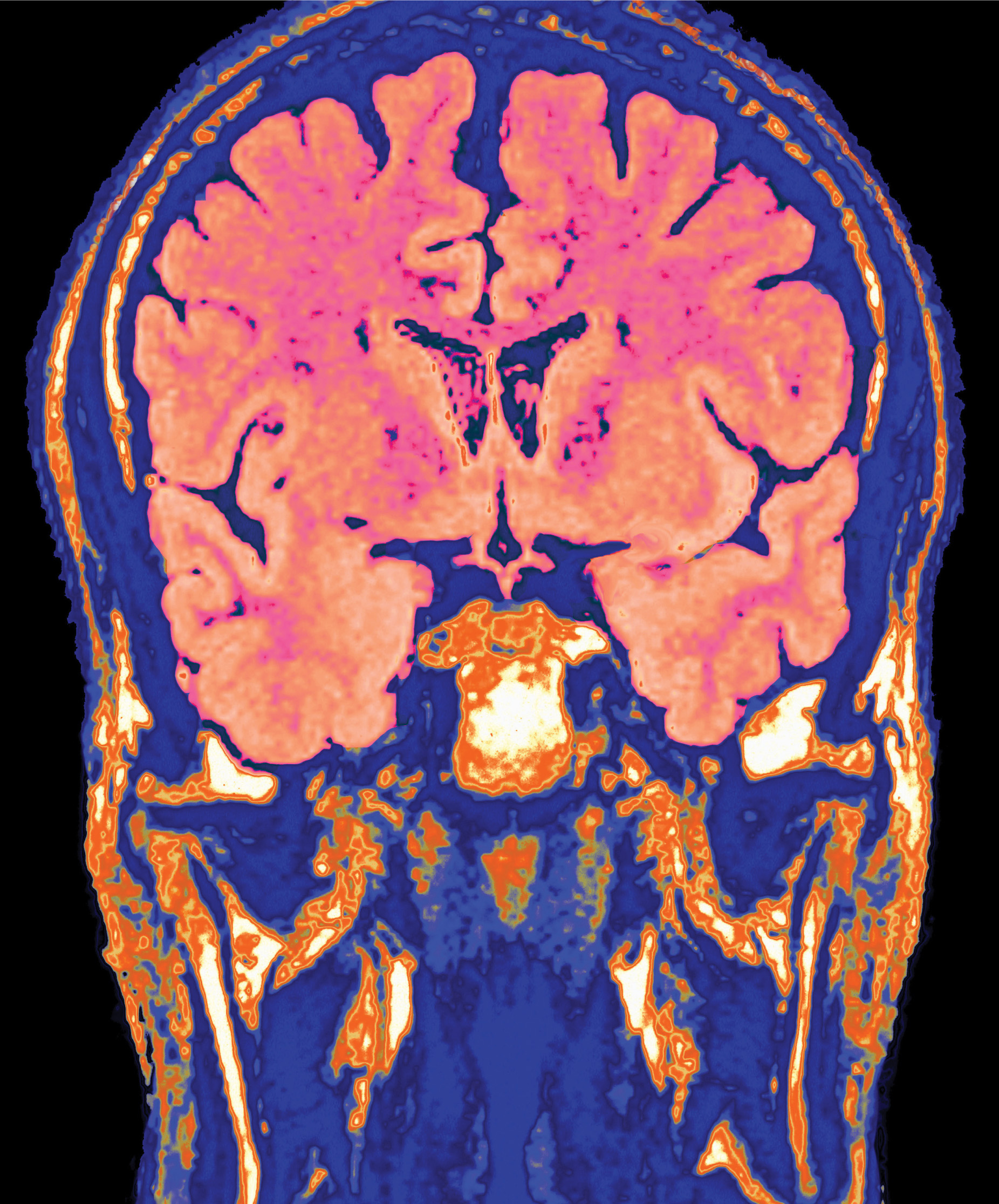CHAPTER 36 INTRODUCTION
CORE CONCEPTS
36.1 Animal sensory receptors detect physical and chemical stimuli by changes in membrane potential.
36.2 Specialized chemoreceptors relay information about smell and taste.
36.3 Hair cells convey information about movement and sound.
36.4 The ability to sense light and form images depends on photosensitive cells with light-absorbing proteins.
36.5 The brain processes and integrates information from multiple sensory systems, with tactile, visual, and auditory stimuli mapped topographically in the cerebral cortex.
36.6 Cognition is the ability of the brain to process and integrate complex sources of information, to remember and interpret past events, to solve problems, to reason, and to form ideas.

To see, your eyes detect light, which is a form of electromagnetic radiation; to hear, your ears detect sound waves; to smell, your nose detects odor molecules present in the air. In all these cases, your senses are detecting a physical or chemical stimulus in the environment. The first half of this chapter explores how specialized nerve cells detect these signals and code them as information that can be transmitted and processed by the nervous system. How is a dog able to distinguish thousands of different odors? How is a hawk able to see a small rodent far below? How are humans able to detect small differences in the pitch of a sound?
The second half of the chapter follows nervous system pathways from the senses into the brain, on the way exploring basic principles of brain function. Processing of sensory information in the brain takes place in regions specialized for each sense, and within many of these regions information is represented in the form of topographic maps.